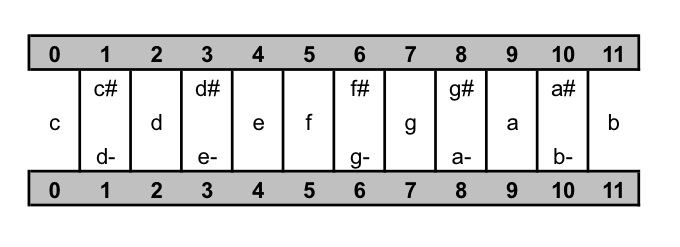Dunsby & Whittall - Music Analysis in Theory and Practice (chapter 12) gives a nice overview of the essentials of this analytical approach.
Worksheet Pitch Class Set Analysis
Allen Forte set list
Pitch class set theory

This theory has been developed by Allen Forte, based on work of Georg Perle, Milton Babbitt and others.
With this theory we have a tool to look for pitch-connections in music which cannot be analyzed with "traditional" tonal/modal analysis. This way of analyzing does not focus solely on identifying tone-groups or pitch-class sets (as we are accustomed to do with chord symbols such as G7, Dm etc.), but also on connections or relations between those tone-groups (as we are accustomed to do with harmonic functions and relations between keys). In that case we connect for example the chord Gm7 to a degree in a key (II 7 in F) and a harmonic function (Subdominant). We shall see that in not-tonal/modal music connections can be discovered bewteen tone-groups.
We shall also see that textural characteristics become even more important than they maybe were in traditional tonal music. For example motives, variation, sequence techniques, imitation, development;
relations between different parts/voices such as: melody and accompaniment, fugato, main voice , accompanying voice, transposition (as a non-tonal alternative for modulation);
regular principles as repetition, variation and contrast; and so on :-).
Site of Jay Tomlin (contains also the JAVA-applet for identifying pitch-class sets).
We analyze: Drei Klavierstücke Op. 11 number 1, rev. 1924 - Arnold Schoenberg. IMSLP-link.
We analyze: Klavierstück Op. 33a - Arnold Schoenberg as an example of full fledged dodecaphonic composition. IMSLP-link.
See for basic information about twelve tone rows and transpositions chapter 32 from A History of Western Music 8th edition.
Additional examples: Op. 19 Arnold Schoenberg, number VI en II. IMSLP-link.
Spotify:
Peter Hill – 6 Kleine Klavierstucke, Op. 19: II. Langsam
Peter Hill – 6 Kleine Klavierstucke, Op. 19: VI. Sehr Langsam



